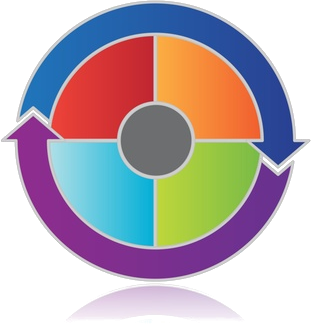 Because selling is a profession, it’s understandable that there’s a lot of emphasis placed on sales processes, sales management and sales training within vendor organizations. In fact, there’s an entire industry that was built around improving sales performance.
Because selling is a profession, it’s understandable that there’s a lot of emphasis placed on sales processes, sales management and sales training within vendor organizations. In fact, there’s an entire industry that was built around improving sales performance.
However, since there’s no defined profession for the buying of technologies such as CRM, there is very little educational information available about the CRM buying process. There’s little published training that can help a CRM selection team to become better buyers of technology. In fact, few buyers even think in terms of a buying process.
The result of this is that the CRM seller often sets and maintains the tone for the buying process. Sure, the CRM buyer can change the speed of the process. But how often does the buyer actually lead the buying cycle? Should more CRM buyers be thinking in terms of a buying process or cycle?
Consider this. For every organization, there is some CRM buying process that is optimal for that organization – and it is also unique to that organization. If an organization’s CRM selection team was to discover and follow its optimal buying process, the team could increase the chances of its organization ending up with the highest value CRM solution and related implementation, as well as a solution that’s implemented in the least amount of time from when the CRM investigation process was initiated.
Categories of CRM Buying Process
Here are six general categories of buying process that we have seen. If there are others, we welcome comments below.
#1 Select CRM Software and Then Choose an Outside Consulting Team
This is a traditional buying approach in cases where the vendor sells the software and a consulting partner for that vendor delivers CRM implementation services. It goes something like this:
Round up the leading CRM vendors for demos. Set up some post-demo discussions with each vendor. Schedule internal discussions after the demos and post-demo follow up. Develop internal consensus. Select a vendor. Negotiate with the selected vendor and commit to a one year or a two year contract with the vendor. Next, ask the vendor for several consultant recommendations. Get multiple estimates for the CRM implementation. Select the lowest bidder or that bidder that does the best job of presenting their value. Implement the chosen CRM.
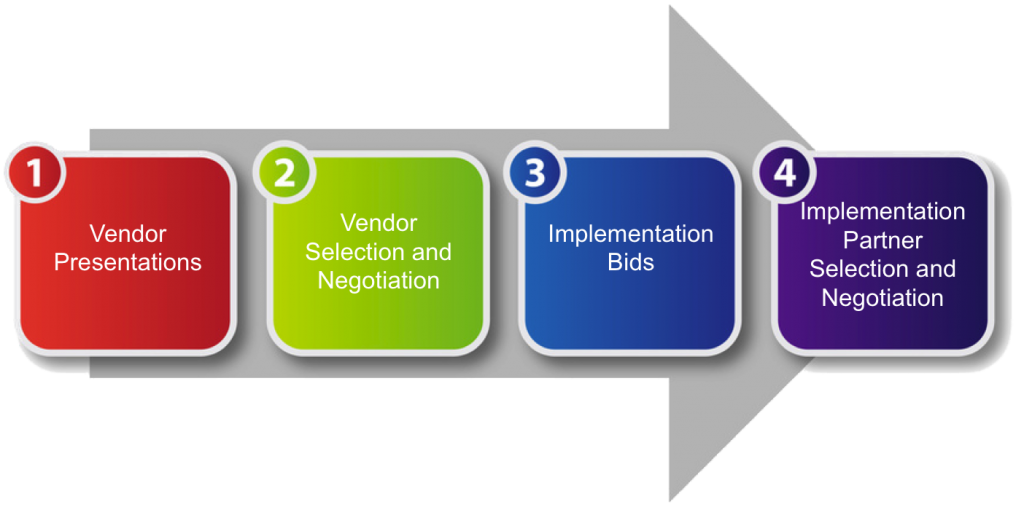
#2 Select CRM Software and Then Implement it With Internal Staff
This process is similar first part of #1, except that internal resources are used to implement the software. This can be a good approach if there is an internal resource or resources who have had experience implementing CRM. If not, there is a risk of implementation and customization mistakes.
#3 Select CRM Software and an Outside Consulting Team Simultaneously
When working with CRM consulting companies that both resell a vendor’s software and provide CRM services, it’s common to receive a bundled proposal for both software and services. Note that process #1 and process #3 can simultaneously exist within the same buying cycle. This happens when one of the vendors sells directly and then recommends consulting partners – and another vendor’s product is being represented by a channel partner that also offers implementation services.
#4 The Request for Proposal Approach
This has been a popular buying approach over the years, especially when there’s a large list of potential vendors and an approach is needed to whittle the large list down to a short list. Once a short list of vendors is developed, either #1 or #2 above is then followed. However, the RFP approach often results in the most prolonged buying cycle. For this and for some other important reasons, this may not the optimal buying process for most organizations.
#5 The Progressive CRM Buying Process
This is an alternative to the traditional buying approaches. It involves first determining the overall scope of a potential CRM project and then defining detailed requirements and functional specifications. This approach is analogous to getting a blueprint from an architect and then deciding what building materials to use. There are several advantages to this approach.
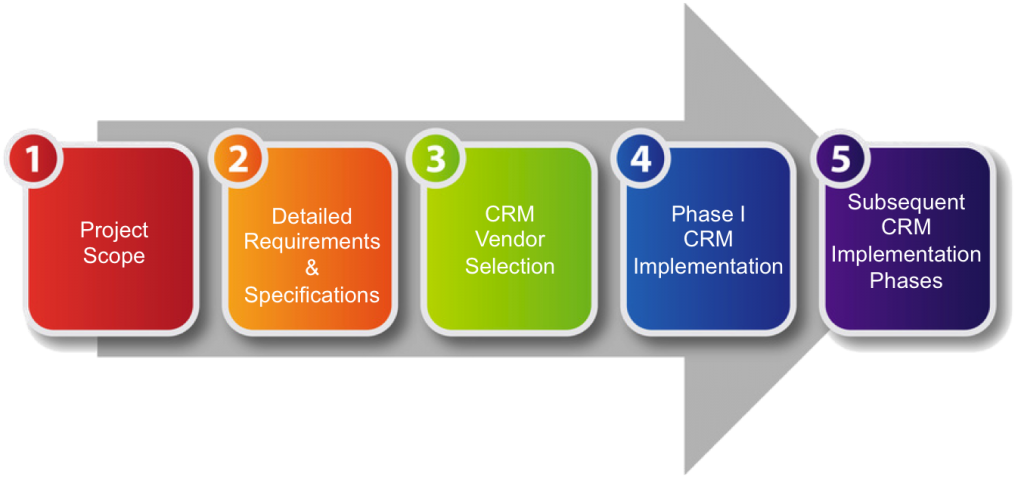
#6 The Formal CRM Package Selection Approach
This is another alternative to the traditional buying processes. According to Peter Flory, one of the reasons that CRM implementations fail is due to lack of a formal selection process. A formal CRM package selection process can be followed by internal staff and/or with the help of a third party resource. If internal resources are not available or if there is internal deadlock as to what the best CRM solution would be, a third party can add value to the selection process.
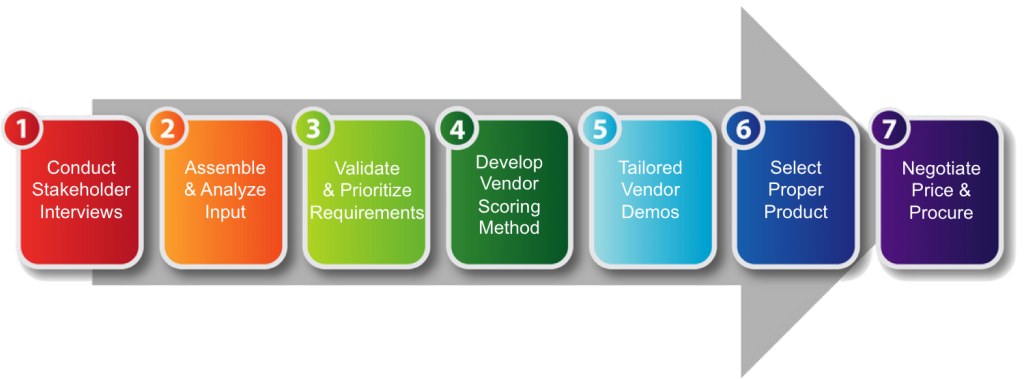
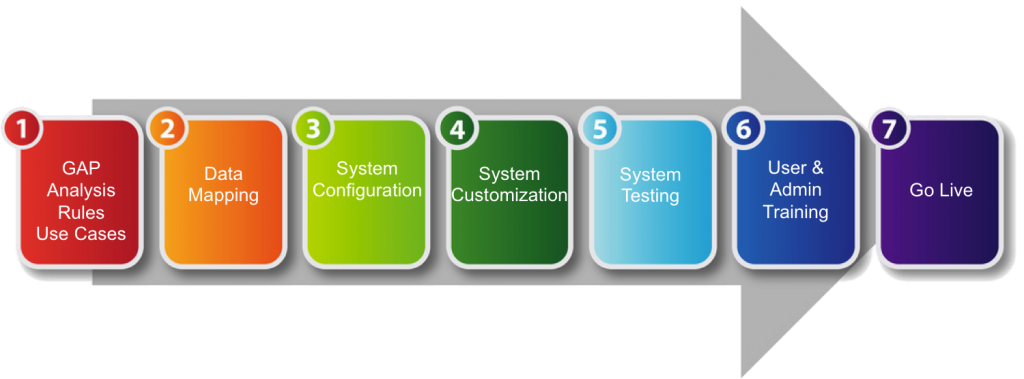
Conclusion
There are a number of different processes that CRM buyers can follow. It’s important for CRM buyers to discover which general category of buying process is best for their organization and then to refine the general process to their organization’s unique business processes and unique individuals.

